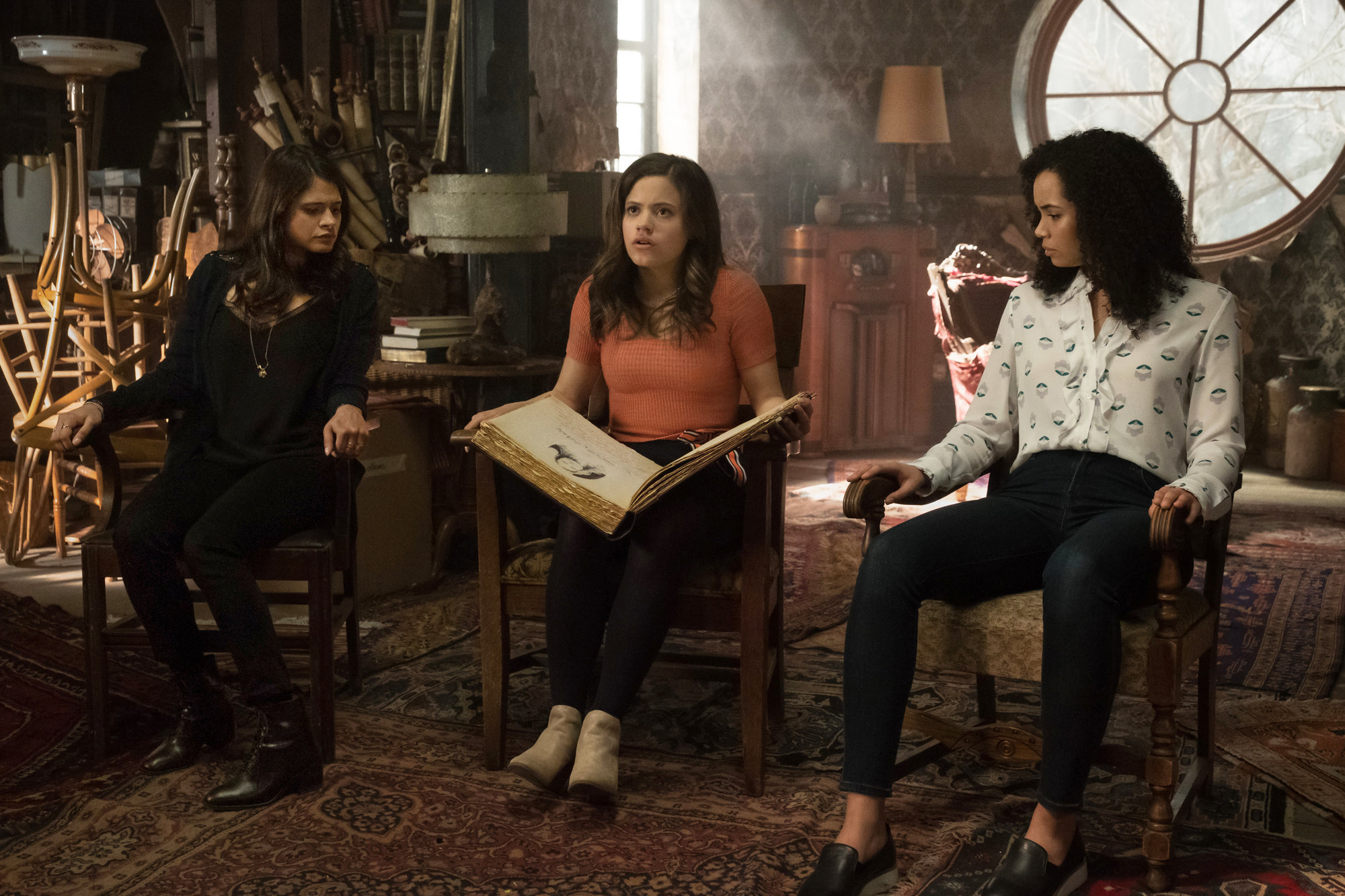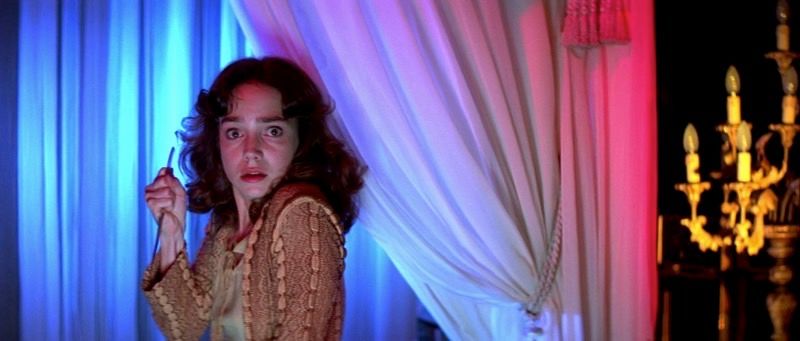Well, if we needed any further evidence that everything is going to hell these days, we need look no further than the local cinema or the latest streaming series on our TV. Usually my year end round up features examples of witchcraft and the occult in media, but 2018’s offerings contained more than the usual amount of demonic stories, and it makes me wonder if we’re seeing a trend that could be continuing. Thanks in large part to some very popular media texts, mainstream audiences were hit over the head with more Satan than usual. There’s plenty of occult narratives out there in the horror genre but usually it’s weirdos like me heading slightly off the beaten path to seek them out, to the local arthouse, or IFC Midnight, or some of the darker offerings on Shudder. But this year’s devilish trifecta was front and center in the big cineplexes, on FX, and Netflix.
(Warning: there may be plot spoilers ahead)
First came Hereditary, a bold film debut by Ari Aster, starring Toni Collette as Ellen, an artist whose family is torn apart by tragedy. After the death of her elderly mother, Ellen feels strangely calm and relieved, and moves on with her art. But a tragic accident leads her to seek comfort in support group meetings, where she meets an odd woman (Ann Dowd) who introduces Ellen to some occult practices. The film avoids spelling anything out in detail, so when strange things happen, viewers are left to wonder at their cause and meaning. But the occult context is clear: there are strange symbols on the walls of the family home, and terrifying figures who lurk in the shadows, grinning. Gruesome rituals reveal demonic conjuring and possession. It’s all very unsettling, particularly because this family seems so “normal.” But that trope has been with us since the late 1960s, when Rosemary’s Baby taught us that the eccentric old folks living next door just might be devil worshipping witches.
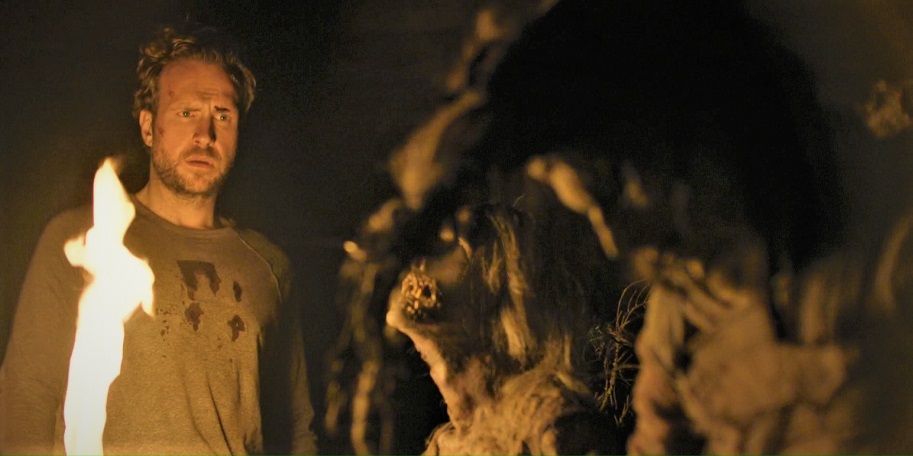
Rafe Spall in THE RITUAL
The came The Ritual, a Netflix UK original film about a quartet of friends whose hiking excursion turns terrifying when they happen upon a demonic pagan cult in the woods of Norway. The four men are grieving over the loss of a fifth, who used to take this regular trip with them, and feelings of guilt and anger are also affecting their misadventures. There are subtle nods to films like The Wicker Man, The Blair Witch Project and Kill List. Atmospheric and psychologically-compelling, The Ritual is a contemporary masterpiece of folk horror. This newly-popular genre is getting plenty of attention in recent years, and a new book in 2018, We Don’t Go Back: A Watcher’s Guide to Folk Horror by Howard Ingham, is a great comprehensive guide.
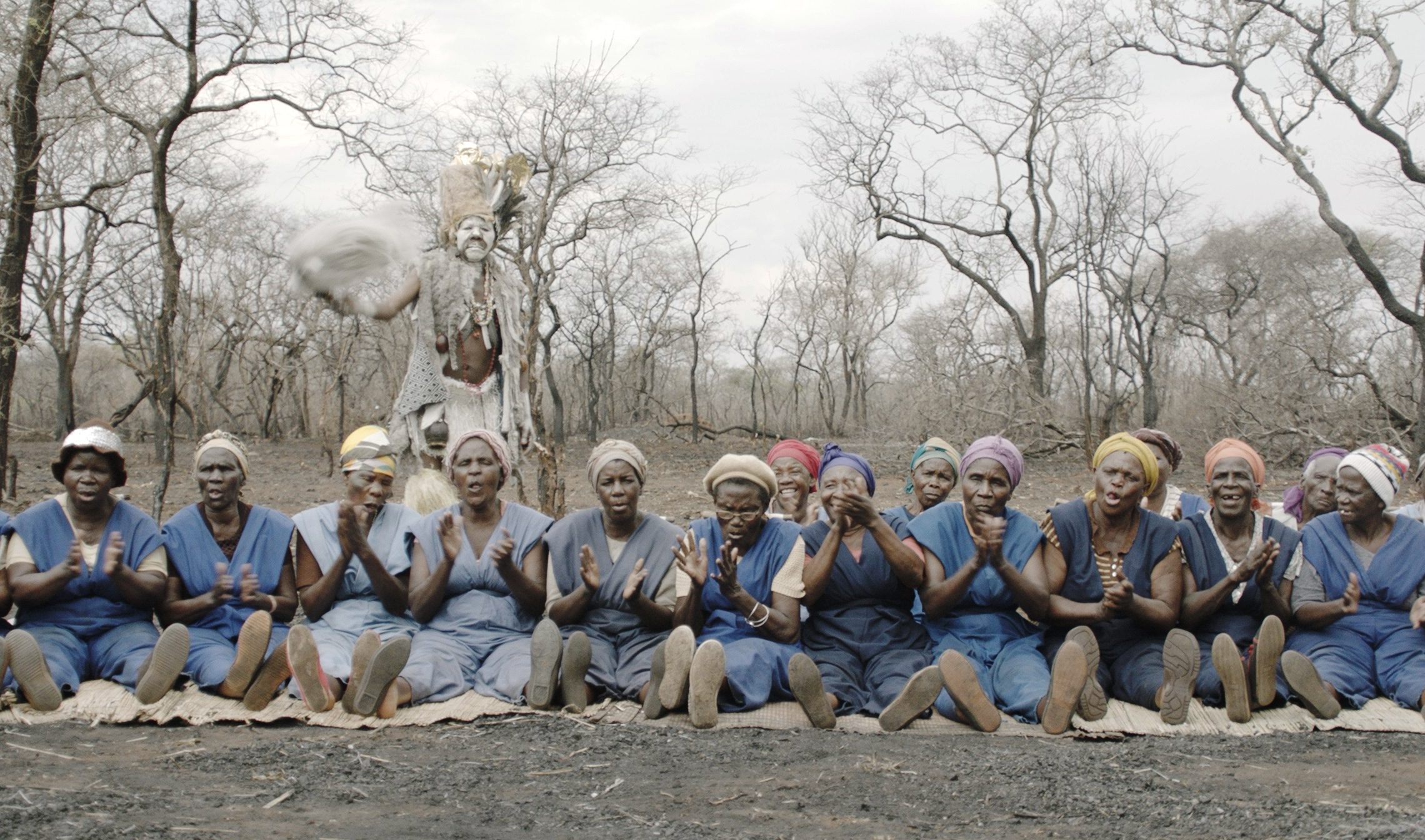
Cast of I AM NOT A WITCH
Film festival hit I Am Not a Witch is a satirical but also hard-hitting film from Zambia that tells the story of a young girl accused of witchcraft in a rural village, who goes from being ostracized to being a celebrity. Witchcraft accusations resulting in torture, imprisonment and murder are an enormous problem in parts of Africa, and this film explores the corruption and media manipulation behind some of these cases.
The reboot of Charmed (on the CW network) attracted much attention, partly due to the new show’s diverse casting of Latina actresses. There was also a bit of controversy from the get-go, as actress Holly-Marie Combs protested the idea of a reboot which did not simply cast the original actresses but instead wanted to create new, younger characters. In addressing issues of racial diversity, did the reboot inadvertently fail to consider ageism? Hmm. Like other witchy narratives we saw this year, contemporary gender issues and politics found their way into this show. About time, I say: witchcraft has long been a powerful framework for exploring the damaging legacy of the patriarchy. As Kramer and Sprenger (co-authors of the Malleus Maleficarum) once said: “All witchcraft stems from carnal knowledge, which is, in women, insatiable.”

Nicole Muñoz in PYEWACKET
Then there was Pyewacket, a low budget indie fave from IFC Midnight about a teenage girl named Leah whose occult dabbing turns treacherous when she indulges in black magic to strike out in anger at her mother. The witchcraft content was fairly eclectic here: “Pyewacket” is of course one of several “familiar” names mentioned in the Witchfinder General’s account of witches in Essex in the 17th century, but here it seems to become a sort of demonic force. These teen dabblers have LOTS of occult books, fancy white-handled athames, and if you listen carefully, you hear Leah reciting some snippets from Doreen Valiente’s “Charge of the Goddess” mixed in with her ritual in the woods. I think the occult content could have been stronger; and possibly more plausible (Leah’s video chat with an occult author advising her on a ritual run amok seems far-fetched and ill-informed). But I liked this film’s overall subtlety, and the emphasis on belief, panic and illusion, rather than unexplained supernatural activity.
Not exactly a horror film, the coming of age drama Blame is a stunning debut by young filmmaker Quinn Shephard, who co-wrote, directed and starred. Using a high school production of The Crucible as a backdrop, Blame portrays the cruelty and pain of being an adolescent girl who knows she deserves to be treated better than she is. Another film that references the Salem Witch Trials in a contemporary context is the edgy thriller Assassination Nation, about a quartet of friends under siege by their entire town, accused of things they didn’t do. It’s clever, topical, erotic and very violent.

Kathy Bates in AMERICAN HORROR STORY: APOCALYPSE
The newest season of the FX show American Horror Story, subtitled Apocalypse, was a bit of a mess: like many of the other seasons that came before it, the premise starts out promising. However, the usual way it goes with this show is that the plot and writing start to fall apart as the season progresses (thinking of how great AHS: Coven was when it started out); whereas Apocalypse starts out rather weakly and gets stronger once it seems to find its footing. The world is indeed ending, and a few select people are sheltering in underground bunkers. Then some of the witches of Coven make a re-appearance (some are even raised from the dead!) for a satanic show down with some gorgeous gay warlocks. Yes, the end of the world is a basically a (very well-dressed) battle of black magic and it’s pretty cool. Be prepared to hear the words “Hail, Satan!” uttered numerous times, mostly by the fabulous Kathy Bates. Stylish, sexy, shocking and often hilarious, this show is best enjoyed like a slice of decadent chocolate cake that’s maybe three inches wider than it ought to be. Too much? Maybe, but it sure is delicious.

Kiernan Shipka in CHILLING ADVENTURES OF SABRINA
Then there was perhaps one of the most-anticipated witchy TV series of the year, Chilling Adventures of Sabrina, a Netflix original spun off the CW’s Riverdale. Starring Mad Men‘s Kieran Shipka as Sabrina, a teenage girl who is “half witch/half mortal” (thereby setting up the construct that witches are, well, NOT HUMAN) about to undergo a “dark baptism” for her sweet sixteenth birthday, the show is, much like Riverdale, campy, sexy and rather dark. Sabrina’s aunt’s Hilda (Lucy Davis) and Zelda (Miranda Otto) are like perfect foils for Sabrina’s light and dark tendencies. Lovers of British film and TV will recognize some favorites in this stellar cast. I like that the show is set in a sort of fifties-looking netherworld while it tackles contemporary social issues, like gender identity and institutional patriarchy. Satan is referred to as the Dark Lord, and Sabrina is reluctant to proclaim her loyalty to him, setting up a consistent tension between her mortal and witch identities. The first season was followed up with a Solstice special, and after the second season begins in spring of 2019, a prequel episode is also planned (probably delving into the story of Sabrina’s parents, and their untimely deaths).
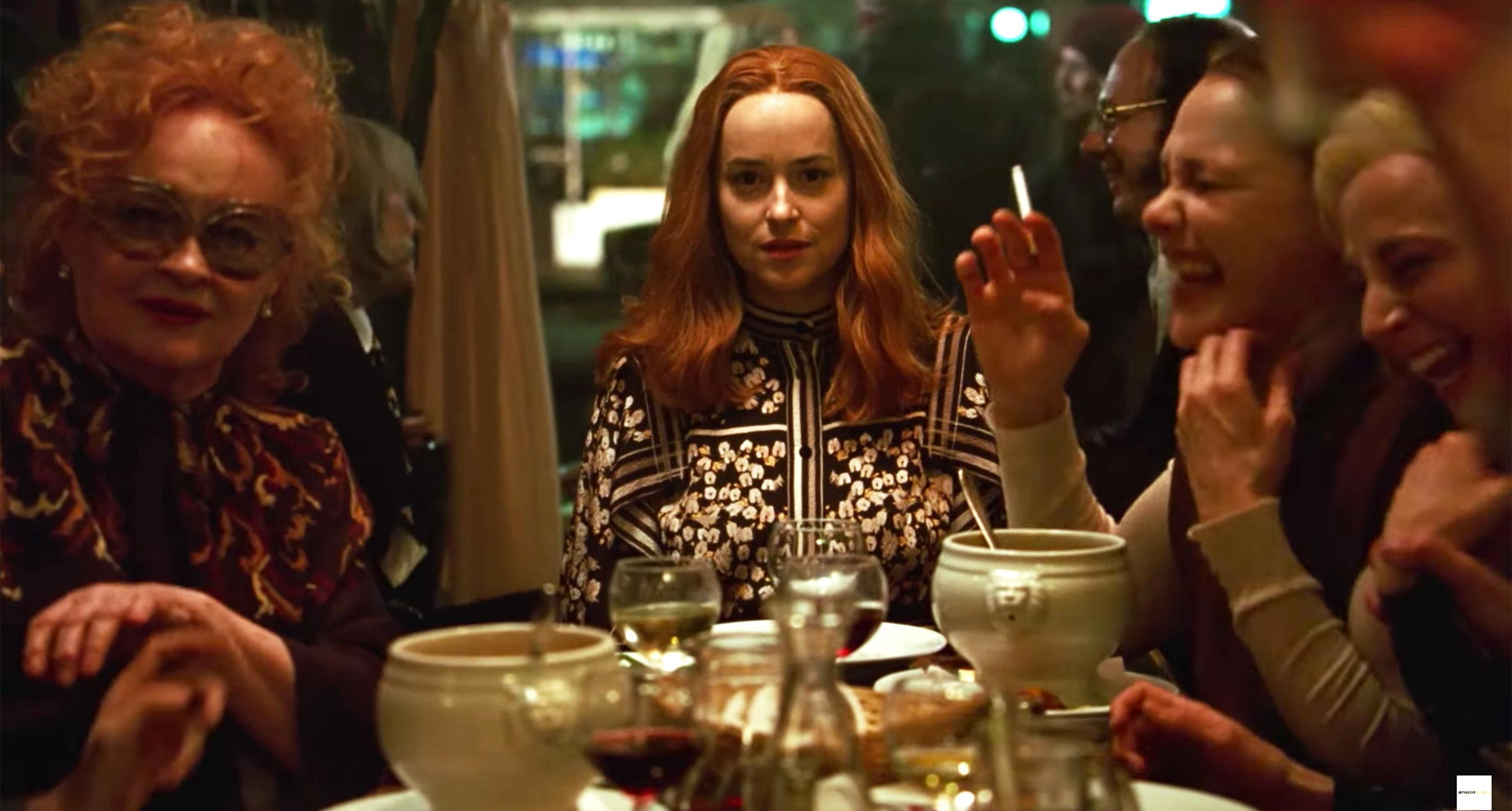
Witches! in SUSPIRIA
A major cinematic event, the remake of Dario Argento’s 1977 horror classic Suspiria was eagerly awaited this year. It tells the story of a young American dancer studying at a prestigious dance academy in Berlin, where rumors of witchcraft are connected to the sudden disappearance of several students. Directed by Luca Guadagnino (Call Me By Your Name), the new version has a very different look and feel: where Argento’s film is all gaudy color and eerie music, the remake is more subtle and naturalistic. But the new Suspiria is plenty terrifying, not to mention violent, and there’s a wild bacchanalian ritual dance sequence that must be seen to be believed. The witches in this version are more numerous and, in a subtle way, much more menacing than the ones from 1977; they’ve been haunting my dreams. They don’t worship Satan; their allegiance is to an ancient trio of mothers whose names mean Darkness, Tears, and Sighs. Tilda Swinton plays three roles; see if you can figure out the two that are less obvious.
Those are my top witchy and occult picks for the year of media, my darlings. I hope you’ll be able to see them and would love hear what you think. Please also let me know if there were other notable films or TV shows this past year that had themes of witchcraft.
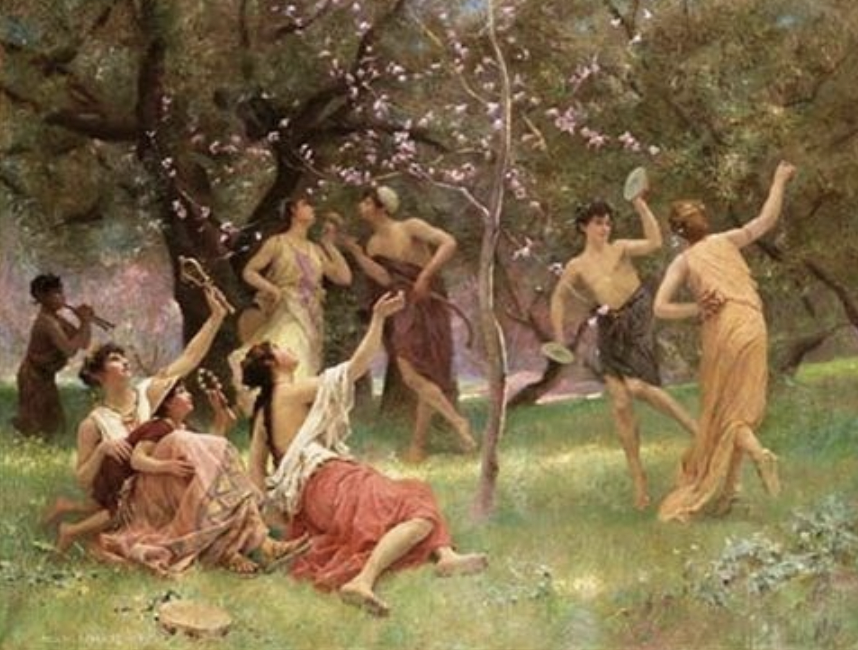

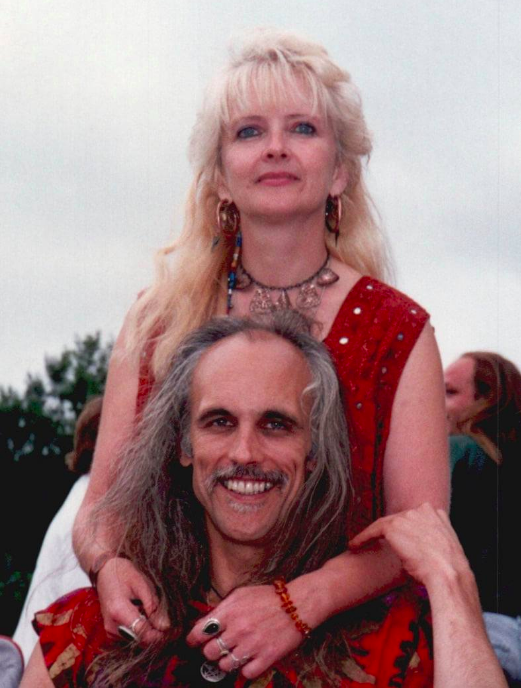

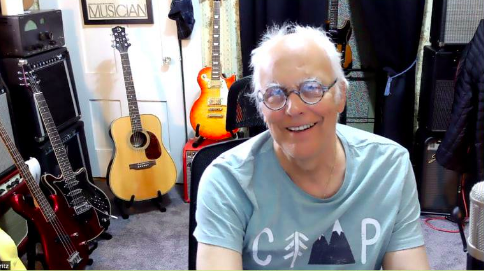
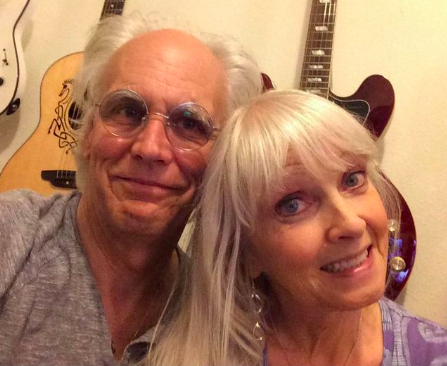
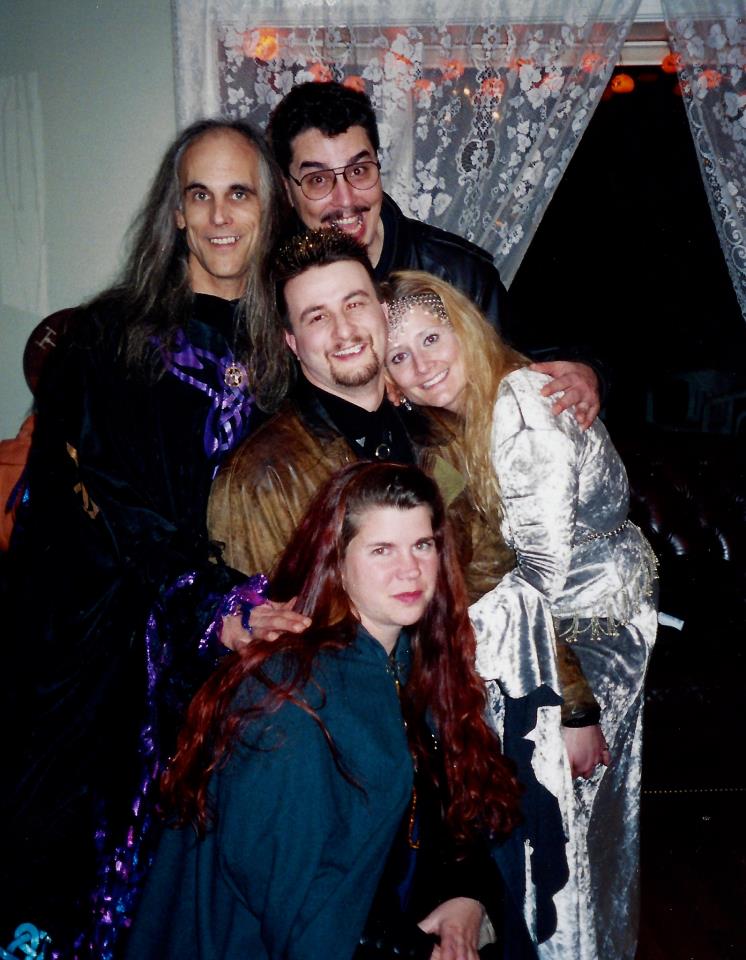
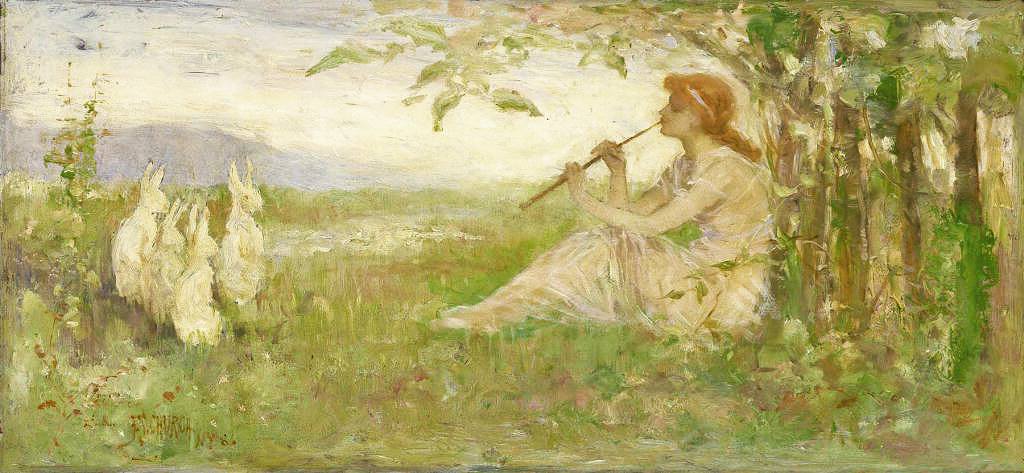 Easter is a day of seasonal splendor for me. Raised Catholic as many witches were, Easter has always held a special magic of memory, in that way children remember sensory impressions of seasonal rituals, rather than religious dogma: waking up to an Easter basket full of goodies prepared by my mom, putting on colorful outfits, planting flowers, and going to church where I heard and sang beautiful hymns I still remember to this day. Sometimes it was raining, or even snowing, but there would still be a nice dinner (usually baked ham) and a family gathering. This always felt like the point where spring was finally arriving.
Easter is a day of seasonal splendor for me. Raised Catholic as many witches were, Easter has always held a special magic of memory, in that way children remember sensory impressions of seasonal rituals, rather than religious dogma: waking up to an Easter basket full of goodies prepared by my mom, putting on colorful outfits, planting flowers, and going to church where I heard and sang beautiful hymns I still remember to this day. Sometimes it was raining, or even snowing, but there would still be a nice dinner (usually baked ham) and a family gathering. This always felt like the point where spring was finally arriving.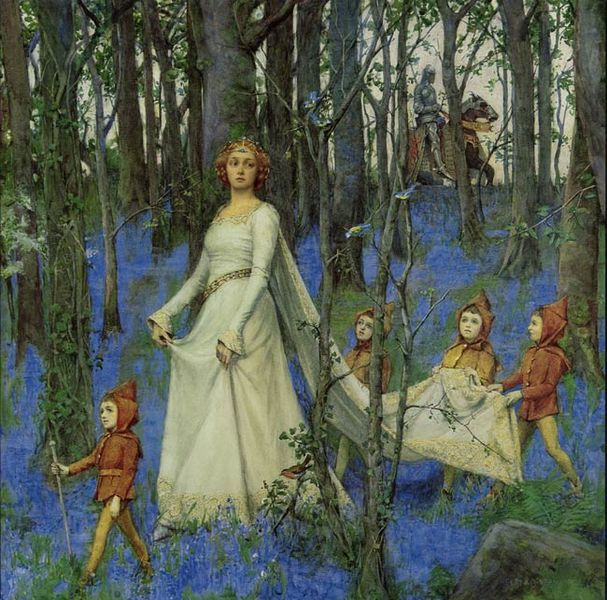
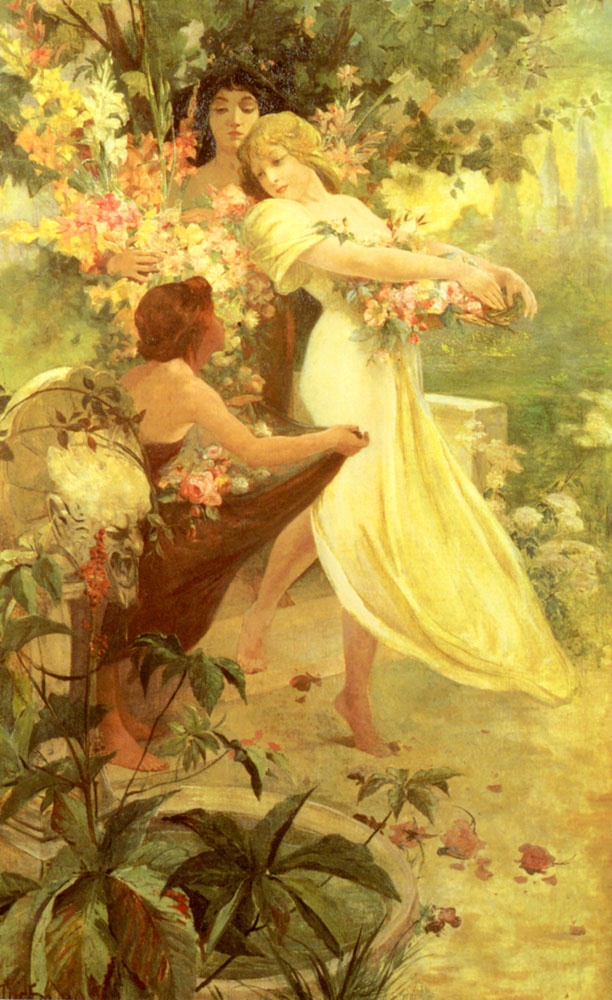 This year, as we avoid social gatherings in churches and covensteads, and as we witness death and sickness and difficulties of many kinds, we may feel bereft and without hope. We may feel fearful, sad, lonely, helpless. And we should not turn away from those feelings. But we must also look to nature for signs of renewal and resilience. We must look within us for strength and courage and compassion. This season of solitude and pain and loss will be a long one and the future is full of unsurety. But the trees blossoming and the bees buzzing after a season of snow and ice: this means something. It means change is constant, and often follows a reliable pattern. There may be upheaval, but there is also balance, and rest. There is worry; there is also comfort.
This year, as we avoid social gatherings in churches and covensteads, and as we witness death and sickness and difficulties of many kinds, we may feel bereft and without hope. We may feel fearful, sad, lonely, helpless. And we should not turn away from those feelings. But we must also look to nature for signs of renewal and resilience. We must look within us for strength and courage and compassion. This season of solitude and pain and loss will be a long one and the future is full of unsurety. But the trees blossoming and the bees buzzing after a season of snow and ice: this means something. It means change is constant, and often follows a reliable pattern. There may be upheaval, but there is also balance, and rest. There is worry; there is also comfort.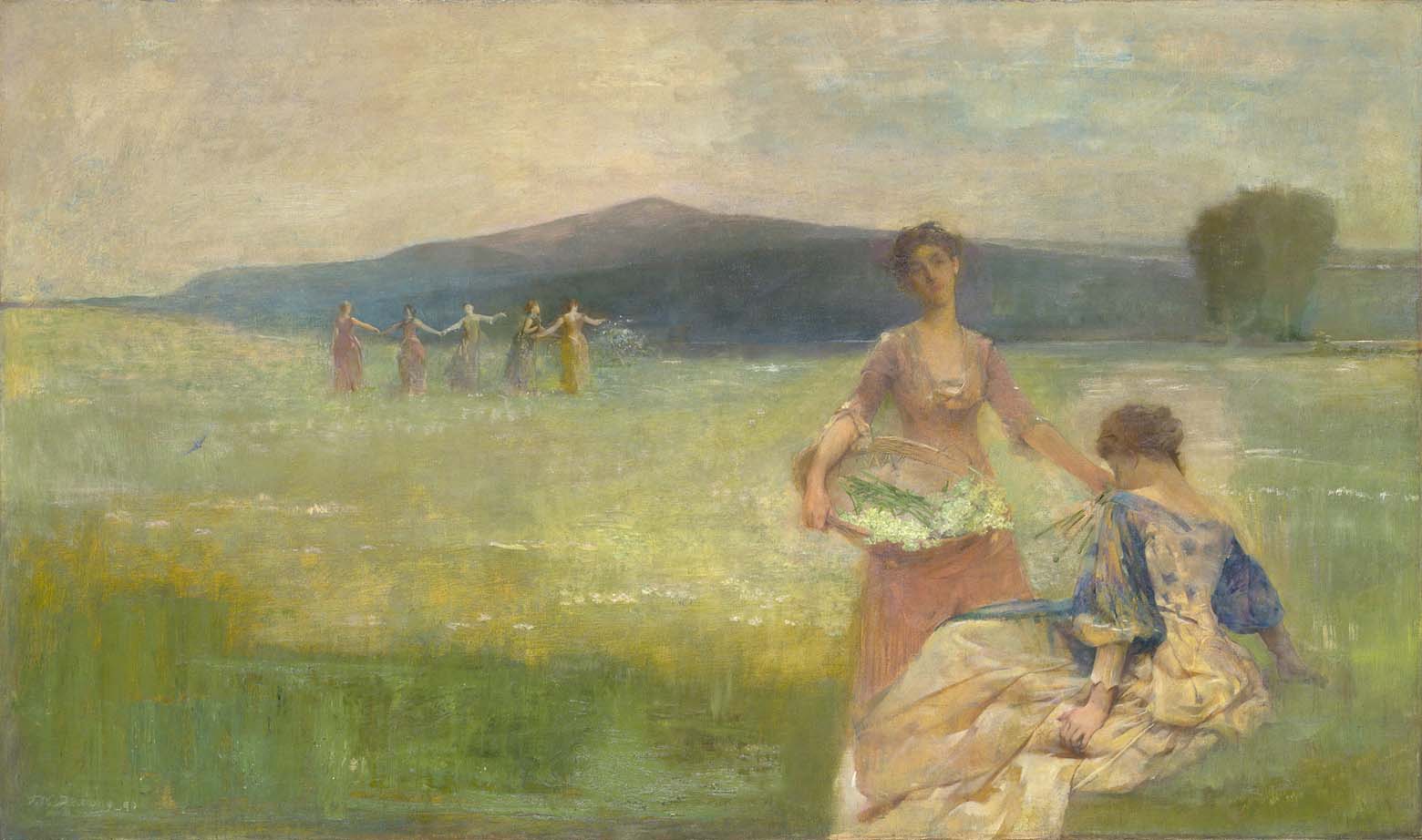 Let’s do our best to support others at this time. Let’s find ways to make this time of isolation one of replenishment. Weed the garden; fill a birdfeeder with seed; read books on nature; write poetry; do your spring cleaning; sew some face masks; make care packages for those in need, if you can. Take care with your own health and safety and help support others. There is no more profound act of magic than to sow seeds of compassion and kindness. On dark days, on troubling nights, open the window to the sun, to warm breezes, to the refreshing scent of rain. Let spring’s burgeoning growth renew your sense of purpose.
Let’s do our best to support others at this time. Let’s find ways to make this time of isolation one of replenishment. Weed the garden; fill a birdfeeder with seed; read books on nature; write poetry; do your spring cleaning; sew some face masks; make care packages for those in need, if you can. Take care with your own health and safety and help support others. There is no more profound act of magic than to sow seeds of compassion and kindness. On dark days, on troubling nights, open the window to the sun, to warm breezes, to the refreshing scent of rain. Let spring’s burgeoning growth renew your sense of purpose. My coven has a little framed bit of calligraphy hanging by the entrance door to our temple, hung there back in the 1970s I believe, that says “The Lyf so short, the Craft so long to lerne.” It’s Hippocrates by way of Chaucer, but of course it applies beautifully to witchcraft. I found myself thinking about this all week after
My coven has a little framed bit of calligraphy hanging by the entrance door to our temple, hung there back in the 1970s I believe, that says “The Lyf so short, the Craft so long to lerne.” It’s Hippocrates by way of Chaucer, but of course it applies beautifully to witchcraft. I found myself thinking about this all week after 

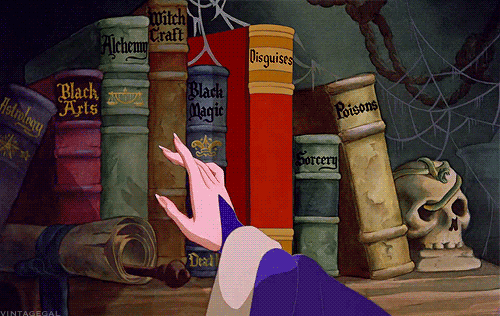
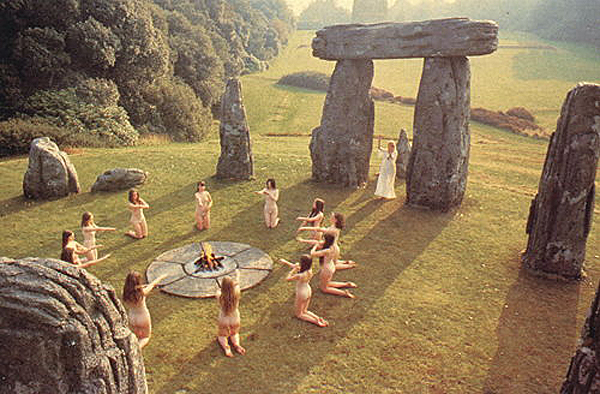
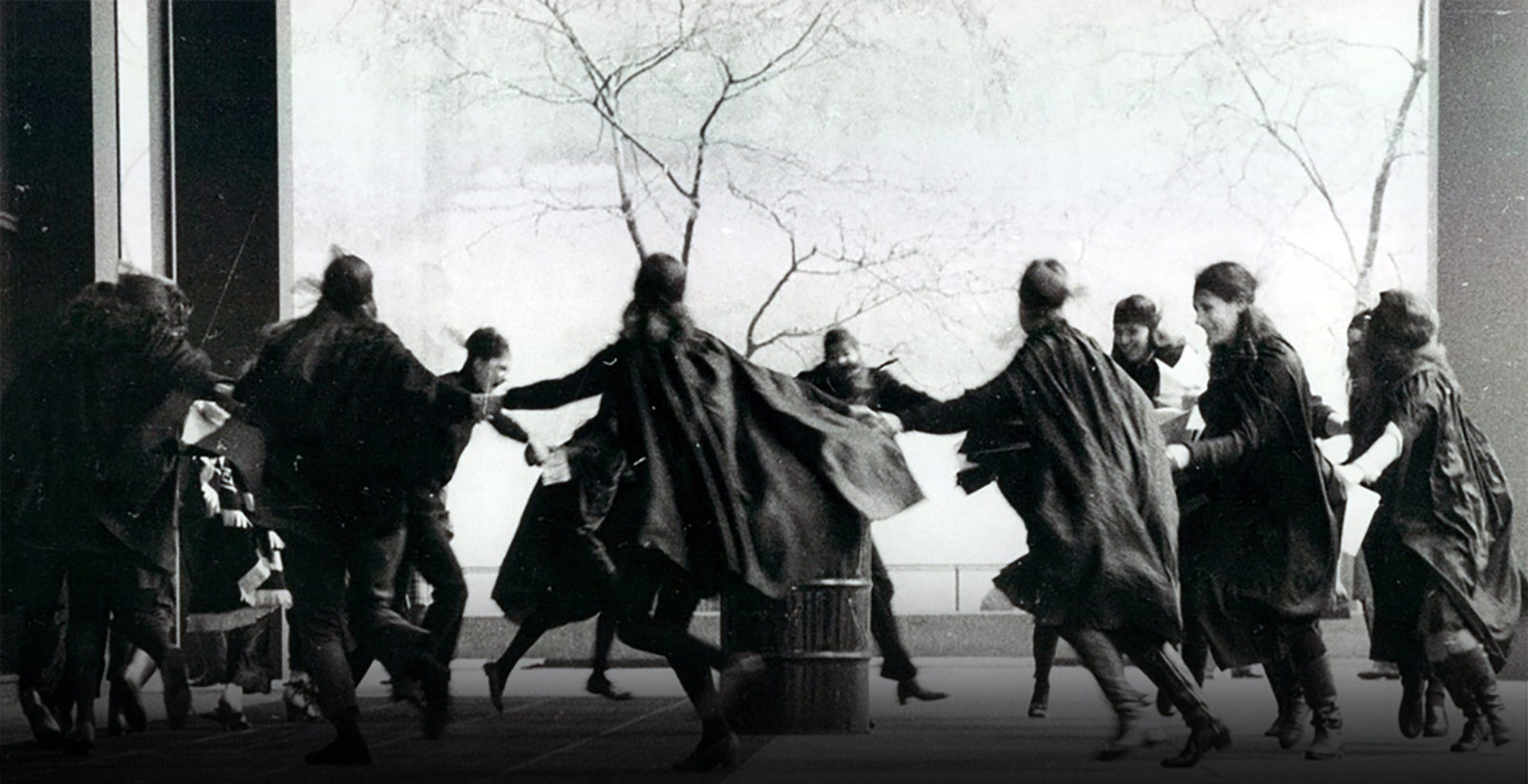

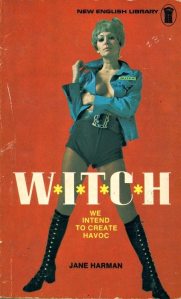
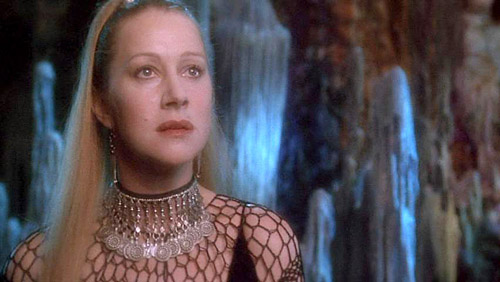
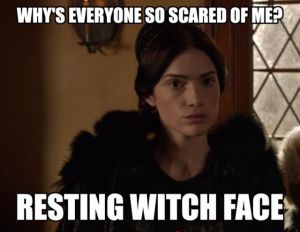
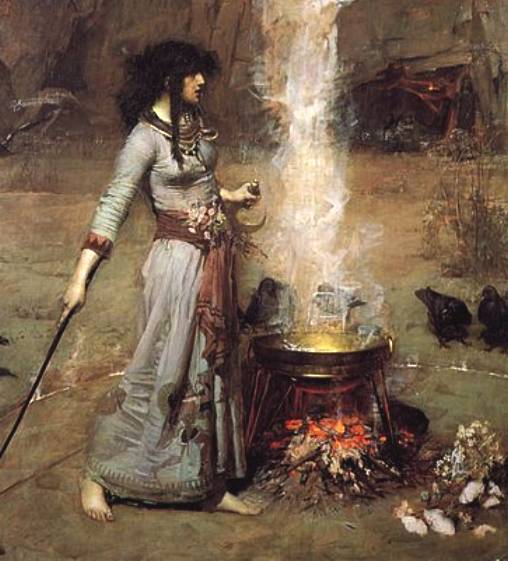
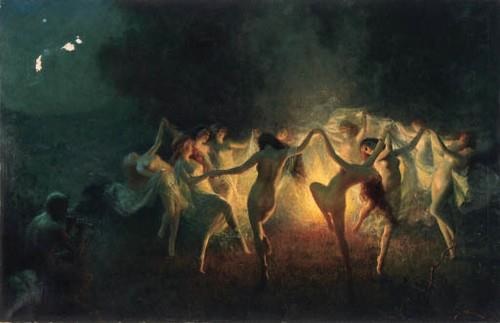

 She was a noted and prolific author also; I own her books Diary of a Witch, The Complete Art of Witchcraft (both highly recommended for their insider view of the pagan/witchcraft movement of the time), Sybil Leek’s Astrological Guide to Successful Everyday Living, and a later book she wrote with her husband Stephen called A Ring of Magic Islands, that is a photographic, historical and folkloric tour of the smaller outer islands of Great Britain.
She was a noted and prolific author also; I own her books Diary of a Witch, The Complete Art of Witchcraft (both highly recommended for their insider view of the pagan/witchcraft movement of the time), Sybil Leek’s Astrological Guide to Successful Everyday Living, and a later book she wrote with her husband Stephen called A Ring of Magic Islands, that is a photographic, historical and folkloric tour of the smaller outer islands of Great Britain. She moved to the United States in her later years, befriended many American witches throughout the country. I met an astrologer who knew her back in the day, when they were both living in Arizona, and he spoke highly of her kindness). She died in Melbourne, Florida in 1982.
She moved to the United States in her later years, befriended many American witches throughout the country. I met an astrologer who knew her back in the day, when they were both living in Arizona, and he spoke highly of her kindness). She died in Melbourne, Florida in 1982.
 Both filmmakers died tragically young: Jennings as a result of a fall while working on a film at age 43, and Jarman of AIDS at 52. Jarman, knowing he was dying, mused upon his mortality in his writings and his films. His final film Blue opens the program on January 8 (shown with Jennings’ short film of wartime imagery, Listen to Britain) and is not shown very often unless as part of a Jarman retrospective. It is simply a screen of blue, with Jarman, Tilda Swinton (who appeared in a number of Jarman’s films) and John Quentin reading from the filmmaker’s essay about the color blue, collected in his book of essays on color, Chroma. The final line of the essay, “I place a delphinium, blue, upon your grave” inspired the title of a short film made in 2009 about Jarman’s childhood, Delphinium. Jarman’s The Last of England follows Jennings’ The Dim Little Island, both films that use upon England’s rich artistic past and its uncertain but vibrant future.
Both filmmakers died tragically young: Jennings as a result of a fall while working on a film at age 43, and Jarman of AIDS at 52. Jarman, knowing he was dying, mused upon his mortality in his writings and his films. His final film Blue opens the program on January 8 (shown with Jennings’ short film of wartime imagery, Listen to Britain) and is not shown very often unless as part of a Jarman retrospective. It is simply a screen of blue, with Jarman, Tilda Swinton (who appeared in a number of Jarman’s films) and John Quentin reading from the filmmaker’s essay about the color blue, collected in his book of essays on color, Chroma. The final line of the essay, “I place a delphinium, blue, upon your grave” inspired the title of a short film made in 2009 about Jarman’s childhood, Delphinium. Jarman’s The Last of England follows Jennings’ The Dim Little Island, both films that use upon England’s rich artistic past and its uncertain but vibrant future. Jarman’s Sebastiane, a powerful vision of the life and death of Saint Sebastian, steeped in Jarman’s unmistakable expression of sensual homoeroticism, is paired with Jennings’ powerful docudrama The Silent Village. Longer than many of Jennings’ works in this program at 36 minutes, this elegant film relocates the Lidice massacre in Czechoslovakia, where hundreds were slaughtered under Hitler’s orders in 1942, to a mining village in Wales. Both films feature largely unprofessional casts of actors.
Jarman’s Sebastiane, a powerful vision of the life and death of Saint Sebastian, steeped in Jarman’s unmistakable expression of sensual homoeroticism, is paired with Jennings’ powerful docudrama The Silent Village. Longer than many of Jennings’ works in this program at 36 minutes, this elegant film relocates the Lidice massacre in Czechoslovakia, where hundreds were slaughtered under Hitler’s orders in 1942, to a mining village in Wales. Both films feature largely unprofessional casts of actors. On February 17, a double feature soles the series, and begins with Jennings’ only feature film (63 minutes), Fires Were Started (1943), a docudrama about firefighters battling the blazes of World War 2. Jarman’s Jubilee (1978) is his rowdy, colorful portrait of angry, disaffected urban punks who enjoy physical and emotional mayhem.
On February 17, a double feature soles the series, and begins with Jennings’ only feature film (63 minutes), Fires Were Started (1943), a docudrama about firefighters battling the blazes of World War 2. Jarman’s Jubilee (1978) is his rowdy, colorful portrait of angry, disaffected urban punks who enjoy physical and emotional mayhem.






